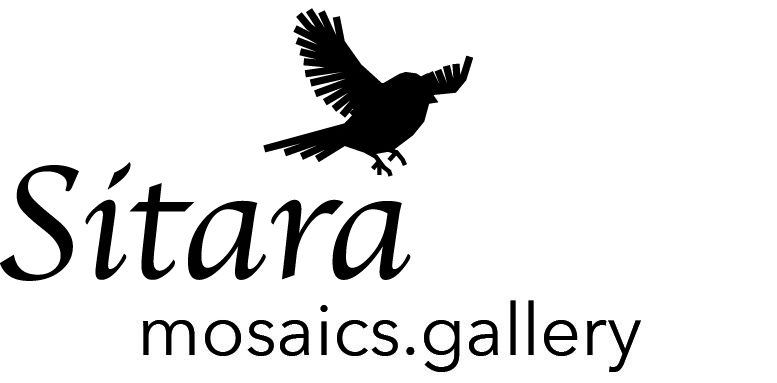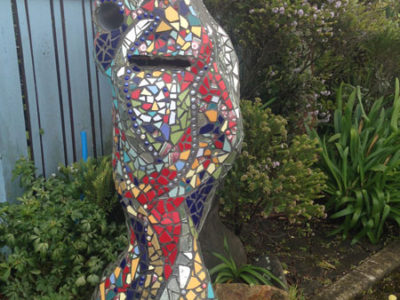Marble becomes butter under Toyoharu Kii’s hammer and hardie, as he demonstrated during his workshops at the MAANZ Conference 2017 in Hobart (MAANZ: Mosaic Association of Australia and New Zealand). I had the fortunate experience to spend some time in his company, to learn from him – and be...
Mosaic “rockstar” Toyoharu Kii, master of marble and monochromatics
I have the perfect necklace for you
I watch the patrons strolling up and down the Paraparaumu Beach Market on a chilly spring Saturday morning. Tourists, locals, visitors from nearby towns, with or without dogs, partners, children; throngs of people moving past my stall, toward my stall, away from my stall. Most of them are after...
For better or worse
Guess what! I applied to this year’s New Zealand Artshow and… was rejected. At the risk of putting off potential buyers and collectors, I still want this fact to be known. Why? Because my social media and website should not just represent the “successes”, the “good times”, the pretty...
A curious case of plagiarism
The first time it dawned on me that my mosaics might have potential beyond my own narcissistic admiration and the sweet though biased encouragement of friends and family, was when I came upon a local newspaper article about unusual letterboxes, in which the woman who had commissioned me, confidently claimed the design and...

